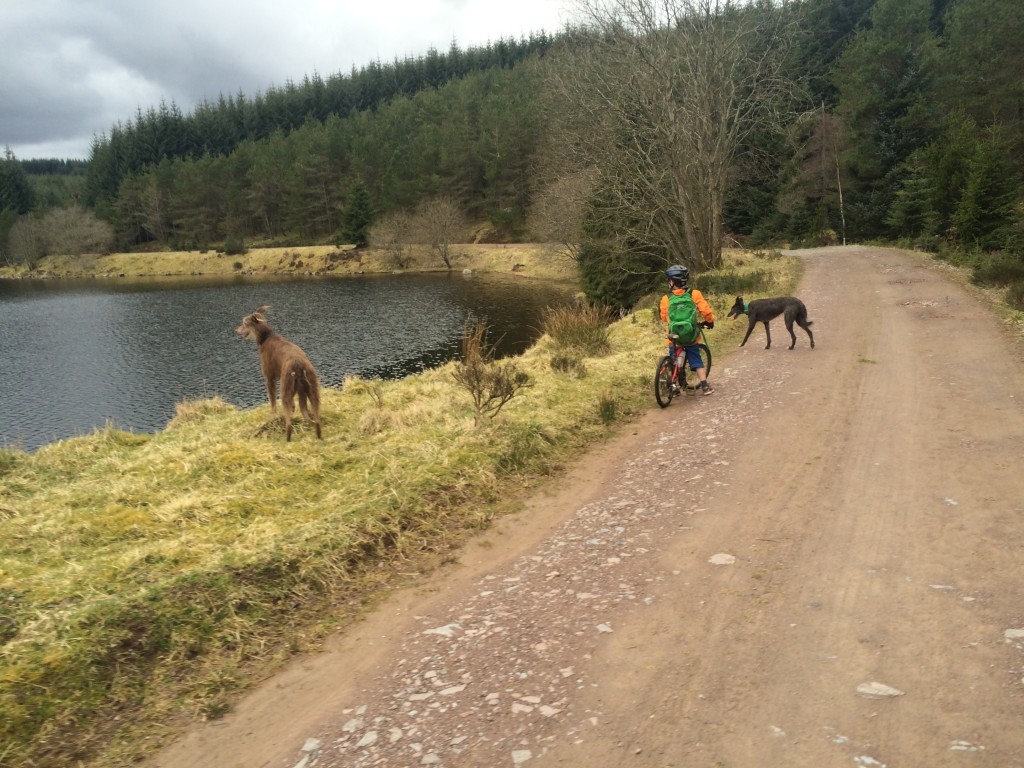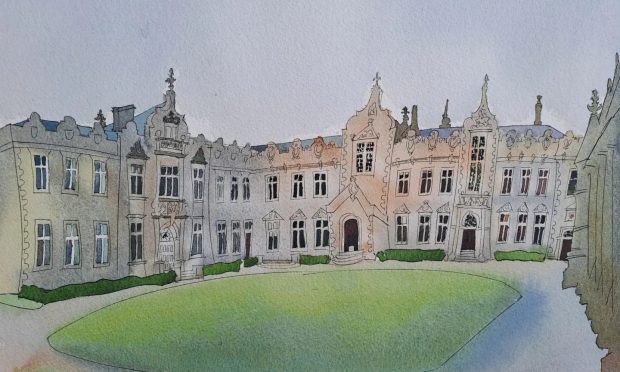Over time cyclists build up a rather large collection of stuff. Some of it is useful, some of it not.
This “stuff” usually falls into three categories: Never been used, been used once or twice, or it has been used so much it’s now rendered useless. What is clear that when asked “Why don’t you get rid of some of that stuff?” the answer should always be an emphatic, “…because it might come in useful at some point.”
This can often be closer to the truth than it sounds. I have had many conversations with fellow riders where the conversation has turned to a missing part, or some equipment required for a race – spiked tyres for example. It always turns out that the person you are speaking to has the item you are looking for, or vice-versa and are happy to give it to you. This kind of altruistic gesture ensures an environmentally friendly form of recycling and emphasises to your non-cycling significant other (NCSO) that the shed-full of stuff is indeed useful.
There are however, and don’t let your NCSO read this part, lots of bits and pieces that will never, ever, ever be useful again. I have toolboxes full of nuts and bolts, washers and bar-ends, punctured inner-tubes waiting repair, cables, cleats and brake levers and a whole lot of other things in between that I am unlikely to ever use again. It is the unlikely part of that sentence however that stops me from throwing them out.
On the very rare occasion I have thrown something out, and then it has often been the case that the following week I or a friend has needed that exact part for some repair or project. Bike jumbles thrive on this concept. A sort of Sunday jumble-version of e-bay these sales are less common in the digital age, but still have a place for riders looking for discontinued parts for bike rebuilds and restorations.
Ultimately that is not really a huge problem, despite out shed bulging at the seams with worn-out chain rings and mismatched tyres. What does start to become more of an issue is when the “stuff” starts to impinge on living space. I have several hundred issues of magazines, going back over twenty years, most are boxed up and will likely never be read again, but I don’t want to get rid of them. Partly, as my job involves cycling I like to keep them as a potential reference – reference for what I’m not sure, but mostly a lot of it revolves around an overly sentimental nostalgia.
Many of the items have memories attached: the first balance bike both my children rode and the first pedal bike they both then progressed onto. I have ticket stubs to races, big, flappy, green cardboard PMU hands given out to roadside fans at the Tour de France and many other bits and pieces I have gathered over years. In a way it’s like collecting a whole lot of emotions that I can revisit in years to come. My collection of odds and ends is like the story of my life on two-wheels. Maybe one day my children, after I am long dead and buried, will open up the boxes and marvel at the legacy of cycling history that I had amassed. It’s possibly more likely that they will take them down to the recycling centre.
There obviously has to be a tipping point; like Mr Creosote’s last wafer thin mint in Monty Python’s “The Meaning of Life”, perhaps one last saddle, stuffed onto the shelf of my shed will cause it to collapse dramatically. In the meantime I’m going to carry on hoarding, because it makes me happy and because you never know when you will need that nine-speed sprocket.
| Where to ride: | Loch Kennard – Glen Cohill |
| Distance: | 3.5 miles on forest vehicle tracks. |
| Start: | OS 1:50,000 Map 52 – Start NN886452
|
| Description: | Set within the vast plantation of Griffin that spans both sides of Glen Cochill and beyond into Strathtay lies a maze-like network of tracks. The massive “Way Out” sign at the final junction betrays the fact that many will find the sprawl of tracks confusing and it is advisable to take a map with you.
The main reason to visit this area is Loch Kennard and a new path (not marked on the map) links to the south side of the loch and creates a nice wee loop and perhaps the most scenic route in the area. |











